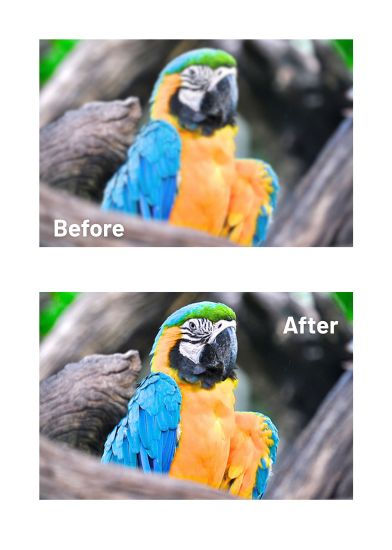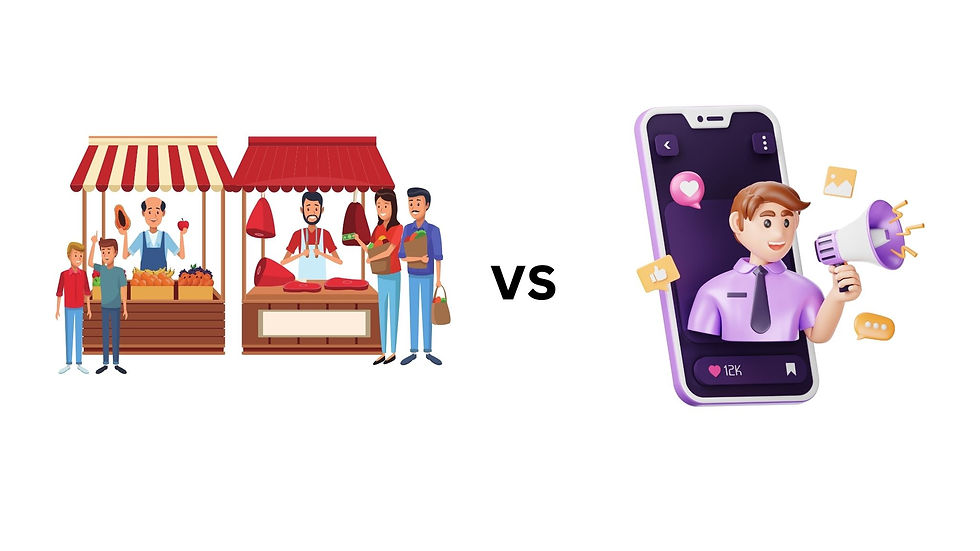Key Benefits of AI Image Enhancement for Photographers
- Juneffer Binti Sabastian Goh
- May 15
- 2 min read
AI Image Enhancement Transforms Photography: A Game-Changer for Photographers
Photography has always been an art form that blends technical precision with creative vision. From the darkroom days to the digital era, photographers have sought tools to elevate their craft.
The introduction of AI image enhancement, which is a revolutionary technology, is reshaping how photographers work, delivering stunning results with unprecedented ease. Whether you're a professional capturing high-stakes shoots or an enthusiast perfecting personal projects,
AI is transforming the way images are edited, refined, and presented.
In this blog, we’ll explore how AI image enhancement empowers photographers, streamlines workflows, and unlocks creative possibilities.
AI in photography enhances images by automating and improving tasks that traditionally required manual effort or expertise. Here's a concise explanation of how AI is used for image enhancement in photography:

Noise Reduction:
AI algorithms, often based on deep learning, analyze images to identify and remove noise (graininess) while preserving details. For example, tools like Topaz DeNoise AI or Adobe Lightroom's AI Denoise use trained neural networks to distinguish noise from actual image content, producing cleaner photos, especially in low-light or high-ISO shots.
Sharpening and Detail Enhancement:
AI enhances edges and textures to make images appear crisper. Models like Gigapixel AI upscale low-resolution images by predicting and adding realistic details, using generative adversarial networks (GANs) trained on vast datasets of high-quality images.
Color Correction and Enhancement:
AI adjusts white balance, contrast, saturation, and vibrance for natural-looking results. Tools like Luminar AI or Photoshop’s Neural Filters analyze scenes to optimize colors based on context (e.g., enhancing sky blues or skin tones) by recognizing patterns from millions of photos.
Object Removal and Scene Cleanup:
AI-powered tools like Adobe’s Content-Aware Fill or Google Photos’ Magic Eraser detect and remove unwanted objects (e.g., power lines, people) by inpainting the area with plausible textures and patterns, seamlessly blending with the surroundings.
Portrait Retouching:
AI automates skin smoothing, blemish removal, and facial feature enhancement while maintaining natural appearances. For instance, Luminar Neo or PortraitPro uses facial recognition to adjust lighting, whiten teeth, or enhance eyes based on learned aesthetic standards.
Super-Resolution and Upscaling:
AI increases image resolution by predicting missing pixels. Unlike traditional upscaling, AI models (e.g., in Let’s Enhance or ON1 Resize) generate realistic details, making images suitable for large prints or cropping without quality loss.
HDR and Exposure Correction:
AI merges multiple exposures or enhances single images to recover details in shadows and highlights. Programs like Aurora HDR or Lightroom’s AI-driven Enhance Details simulate high dynamic range for balanced, vivid results.
Style Transfer and Filters:
AI applies artistic styles or custom looks (e.g., mimicking film or specific aesthetics) by analyzing and transferring characteristics from reference images. Neural style transfer techniques power tools like Prisma or Fotor.
How It Works?
Most AI image enhancement relies on convolutional neural networks (CNNs) or GANs trained on massive datasets of images.
These models learn patterns, textures, and contexts to make intelligent adjustments. For example, a CNN might recognize a blurry edge and reconstruct it based on similar sharp edges in its training data.



Comments